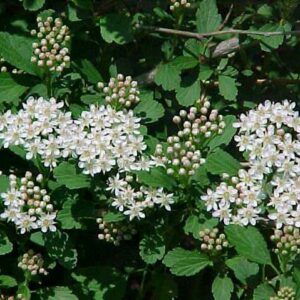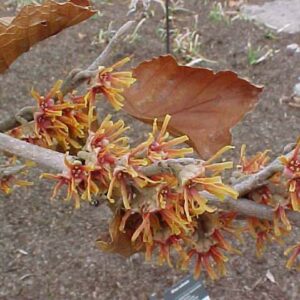Description
Type: Deciduous shrub
Family: Anacardiaceae
Height:9-15 feet
Spread: 9-15 feet
Native Range: Northeastern US and Southern Canada, statewide in Missouri
Ideal Site Requirements:
Soil: average, well drained
Water: dry to medium
Sunlight needs: full sun to part shade
Tolerates: drought, erosion, dry soil, shallow-rocky soil
Landscape use: best when massed for stabilizing embankments or areas with poor soils, too weedy and aggressive for shrub borders
Brief Description: Common shrub with large, open, irregular habit. Spreads via root suckers to form thickets and large colonies.
Wildlife Benefits: Attracts bird and butterflies
Possible Problems: No serious insect or disease problems. Some susceptibility to leaf spot, rust, scale, aphids and mites. Tends to spread aggressively.
Stand out Features: Nice ferny foliage, nice fall color, aggressively thicket forming. Berries can be steeped in water to make a tart drink or dried and ground to make a spice.
Read more here.
Additional information
| Common Name | smooth sumac |
|---|---|
| Scientific Name | Rhus glabra |
| Native Range | Northeastern United States to southern Canada |
| Zone | 3 to 9 |
| Height | 9.00 to 15.00 feet |
| Spread | 9.00 to 15.00 feet |
| Bloom Time | June |
| Bloom Description | Yellowish-green |
| Sun | Full sun to part shade |
| Water | Dry to medium |
| Maintenance | Medium |
| Flower | Showy |
| Attracts | Birds, Butterflies |
| Fruit | Showy |
| Tolerate | Rabbit, Drought, Erosion, Dry Soil, Shallow-Rocky Soil |
| Leaf | Good Fall |
| Other | Winter Interest |





